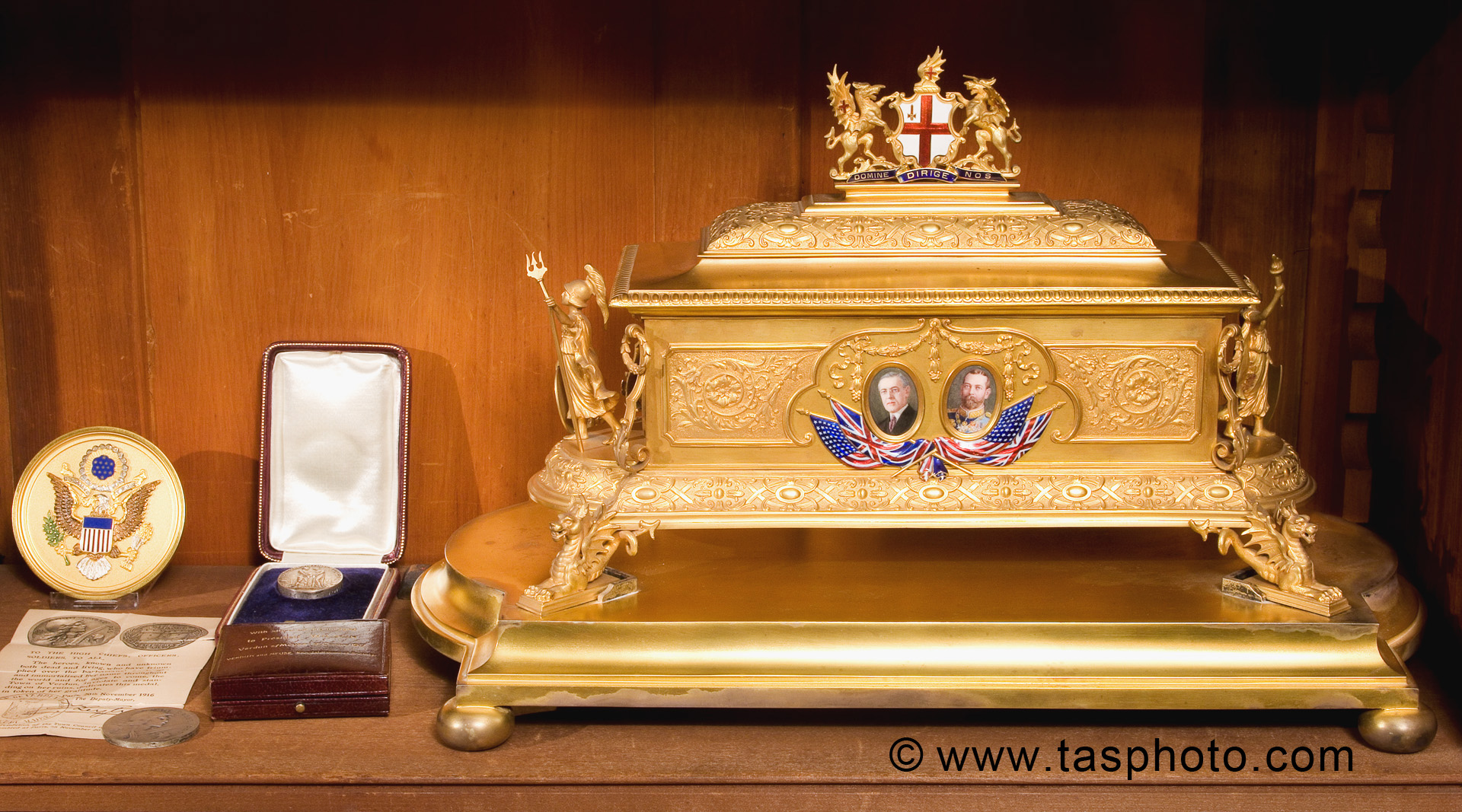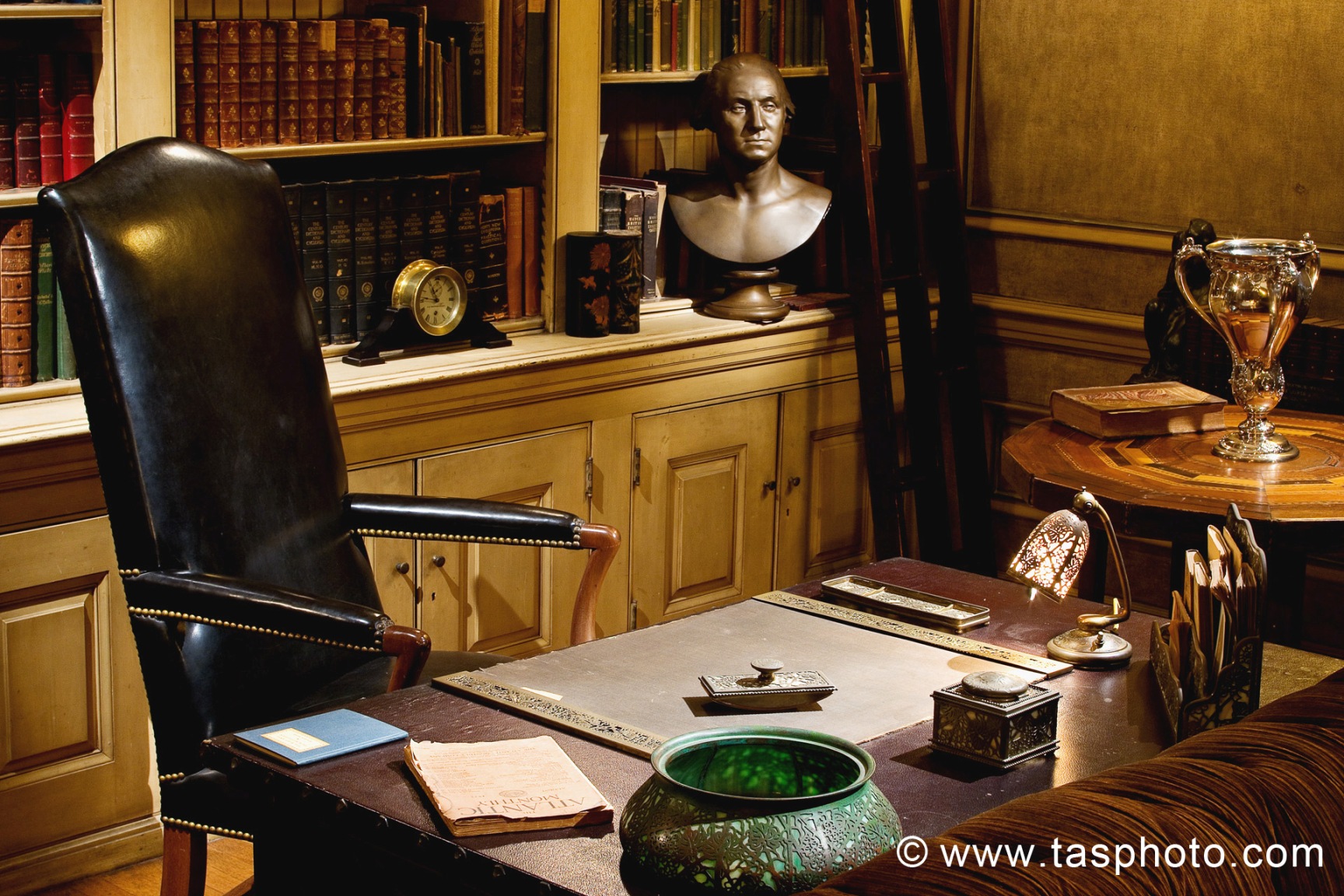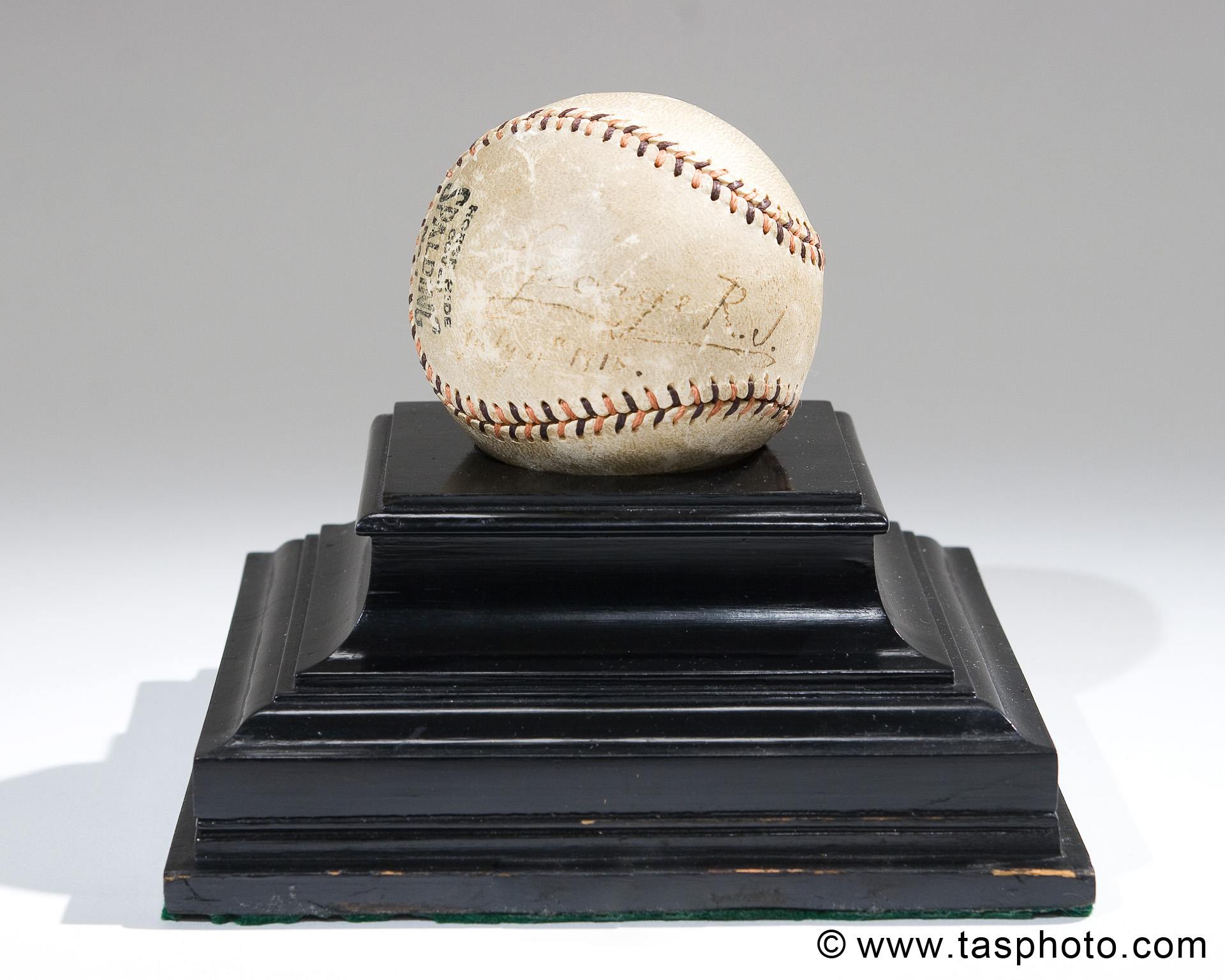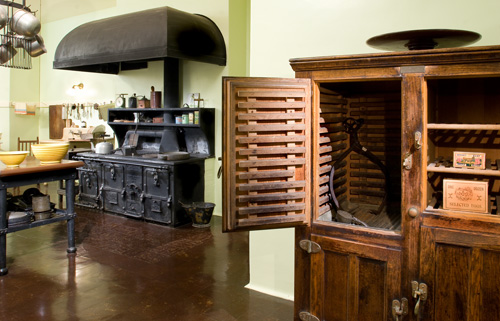When President Wilson ran for his second term, his
campaign slogan was “He Kept Us Out of War.” He shared the same sentiment as
most Americans at that time, which was one of American neutrality. But with the
Germans continued use of unrestricted submarine warfare and the sinking of the
American liner Housatonic in February
1917, public outcry against Germany convinced Wilson to ask for a declaration
of war on April 2, 1917.
 |
| Uncle Sam was a key figure used throughout the war campaign. |
Once in the war, Wilson led a war-mobilization effort
across the nation. The Selective Service Act was enacted in May 1917, requiring
men between the ages of 21 and 35 to register for the draft. The government
also gained control over the railroad industry to prevent strikes and work
stoppages. In an effort to increase morale for the war, Wilson created the Committee
on Public Information and appointed George Creel, an outspoken supporter of
Wilson during both his elections in 1912 and 1916, as its leader. The committee’s
strategy was to utilize all aspects of media, including film, art and posters, to
address all parts of society to help ensure the full backing of the US war
effort.
For young men, the committee called upon their patriotic spirit to enlist in the army. The use of American icons, such as Uncle Sam, gave them the message that joining the army was a duty to the country. Posters also showed the military as a place to better educate and prepare men with trade skills. Men would not only be doing a service to their country but also a service to themselves. Propaganda techniques like these can still be seen in military recruitment advertisements today.
 |
| The government borrowed money from Americans through the sale of liberty bonds. |
 |
| An American Red Cross nurse was also called "our greatest mother." |
On the homefront, the Committee of Public Information used
posters to persuade women and other members of the public to help out in any
way possible. War bonds were cleverly nicknamed liberty bonds in hopes of raising
sentiments of freedom and hope. Representatives from the committee, called
four-minute men, traveled cross country to give public speeches urging
Americans at home to help fund the war. While the men were overseas, women were
recruited to join the American Red Cross and become nurses. Nursing offered women
the opportunity to work outside of the home and directly with the war.
 |
| President Wilson had said that gardening was "just as real and patriotic an effort as the building of ships or the firing of cannon." |
 |
Diets were also a part of life that changed. Certain foods, such as wheat, were conserved to be sent overseas. |
In an effort to include all Americans, efforts were also
used to call upon the services of young children. They were encouraged to join
the United States School Garden Army as they were seen as the “soldiers of the
soil”. Gardening efforts also helped increase the food supply available for
both the homefront and overseas. Posters even appealed to the littlest of
Americans by asking them to change their diets to include corn cereals instead
of wheat. By presenting simple tasks like these, the committee made it seem
that joining the war effort was easy.
President Wilson and the Committee on Public Information
were tasked with the job of uniting a country made primarily of immigrants with
differing opinions of the war. Through government legislation and the use of
propaganda, Wilson and the committee were able to muster enough support to turn
the war in favor of the Allies. A year after the US entered the war, Germany
surrendered in November 1918.
All posters images are from the online site: UNC School of Education.
-Catherine Yuan






Is there any litt. you would recommend for further reading about this topic?
ReplyDelete